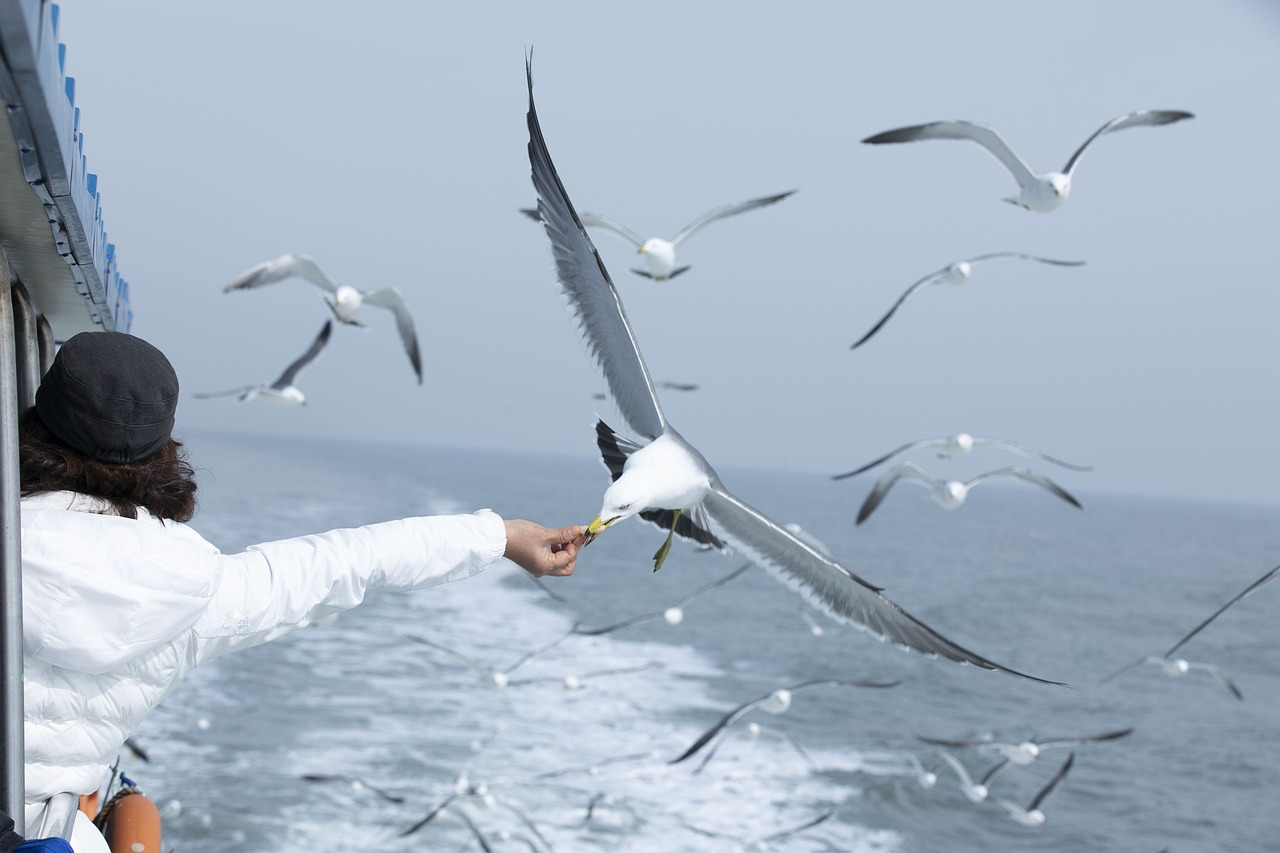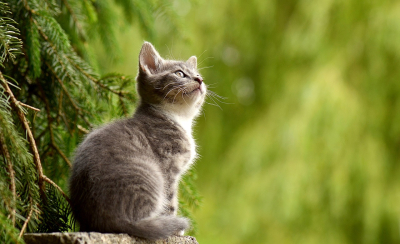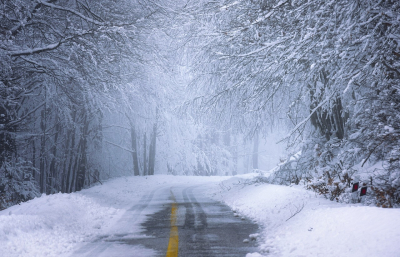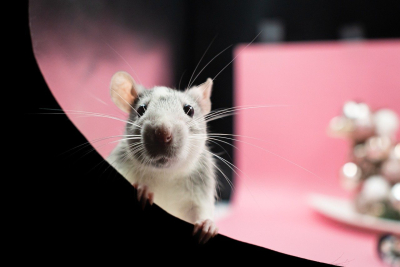Joe Roman on the role of animals in nutrient movement
Joe Roman argues that animals act as the circulatory system of the planet. Unlike plants, animals move and carry nutrients over vast distances. Seabirds, for example, eat in the ocean and defecate on land, enriching ecosystems. Roman stresses that the movement of animals helps sustain life in ways that we often overlook. He also highlights that 96% of the biomass of all mammals consists of humans and domestic animals, leaving only 4% for wild mammals. This drastic reduction in wildlife impacts ecosystems significantly.
Whales as key contributors to ocean nutrient cycles
Whales play a vital role in marine ecosystems. Through a process called the whale pump, whales feed in deep waters and release nutrients at the surface. This supports marine life by distributing nutrients across vast ocean areas. Additionally, when whales migrate, they move nutrients from nutrient-rich feeding grounds to tropical breeding areas. Roman notes that even after death, whale carcasses create habitats for hundreds of species, from sharks to specialized worms that feed on whale bones.
Seabirds and Surtsey Island's ecological transformation
Surtsey Island, off the coast of Iceland, emerged in 1963 following a volcanic eruption. Initially barren, life on the island began when seabirds arrived five years later. Roman explains that seabirds, through their feces and seed dispersal, brought nutrients to the island. Over time, the island developed into a green meadow surrounded by black lava. The birds not only transported nutrients but also carried seeds, helping to establish plant life.
Restoring wildlife to maintain nutrient cycles
Roman believes that restoring wildlife populations can help maintain the natural flow of nutrients. He gives examples of the recovery of humpback whales, whose numbers have grown from 600 to about 25,000, and northern elephant seals, which have recovered from 25 individuals to over 100,000. Restoring ecosystems involves protecting key species, allowing natural processes to continue and benefit the environment. Roman's work shows that by focusing on the restoration of these animals, we can address broader ecological challenges.
source: CBC


 Cats are the most popular pet in Canada. Despite their affectionate nature, they pose a significant threat to wild birds.
Cats are the most popular pet in Canada. Despite their affectionate nature, they pose a significant threat to wild birds. A powerful cold snap has engulfed central and eastern Canada this week, plunging temperatures far below seasonal averages. The extreme
A powerful cold snap has engulfed central and eastern Canada this week, plunging temperatures far below seasonal averages. The extreme Stress is a constant in modern life. From daily challenges to global issues, people are searching for ways to cope
Stress is a constant in modern life. From daily challenges to global issues, people are searching for ways to cope

